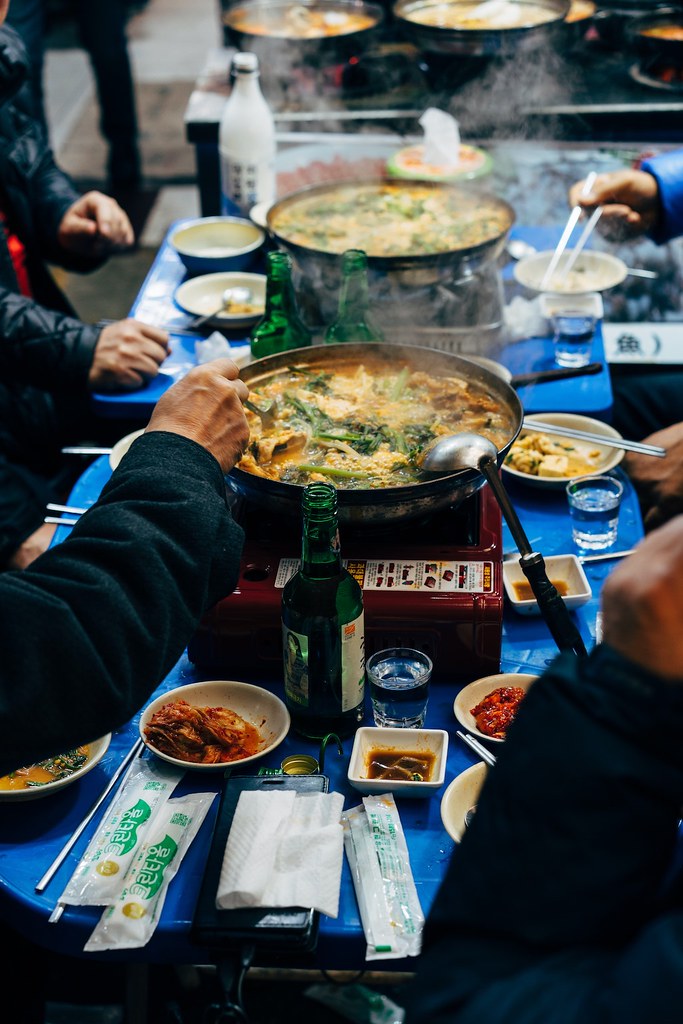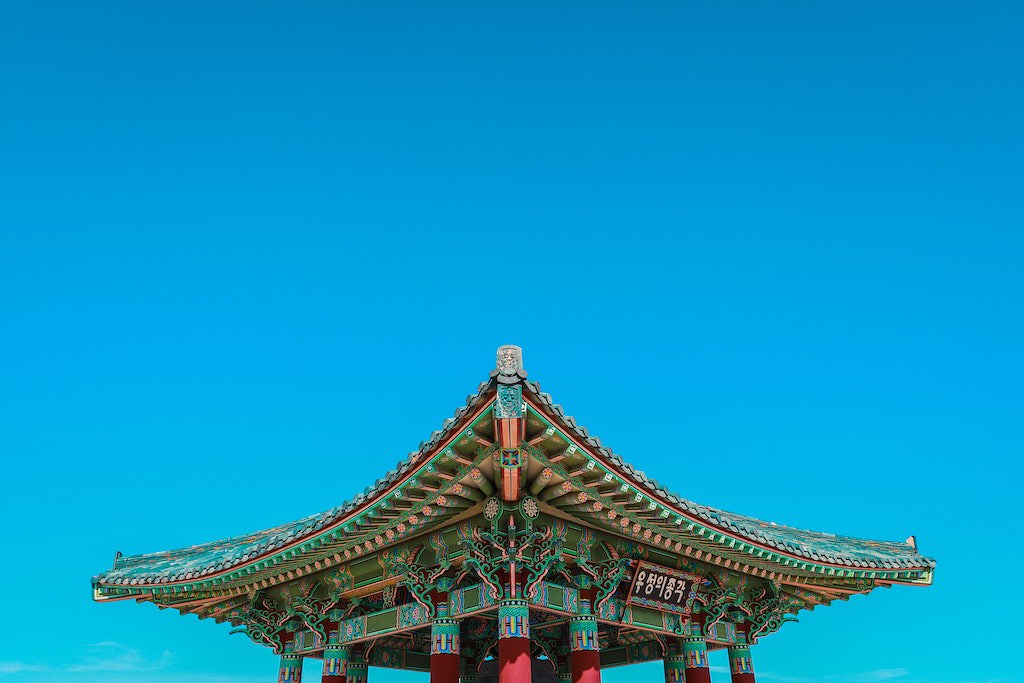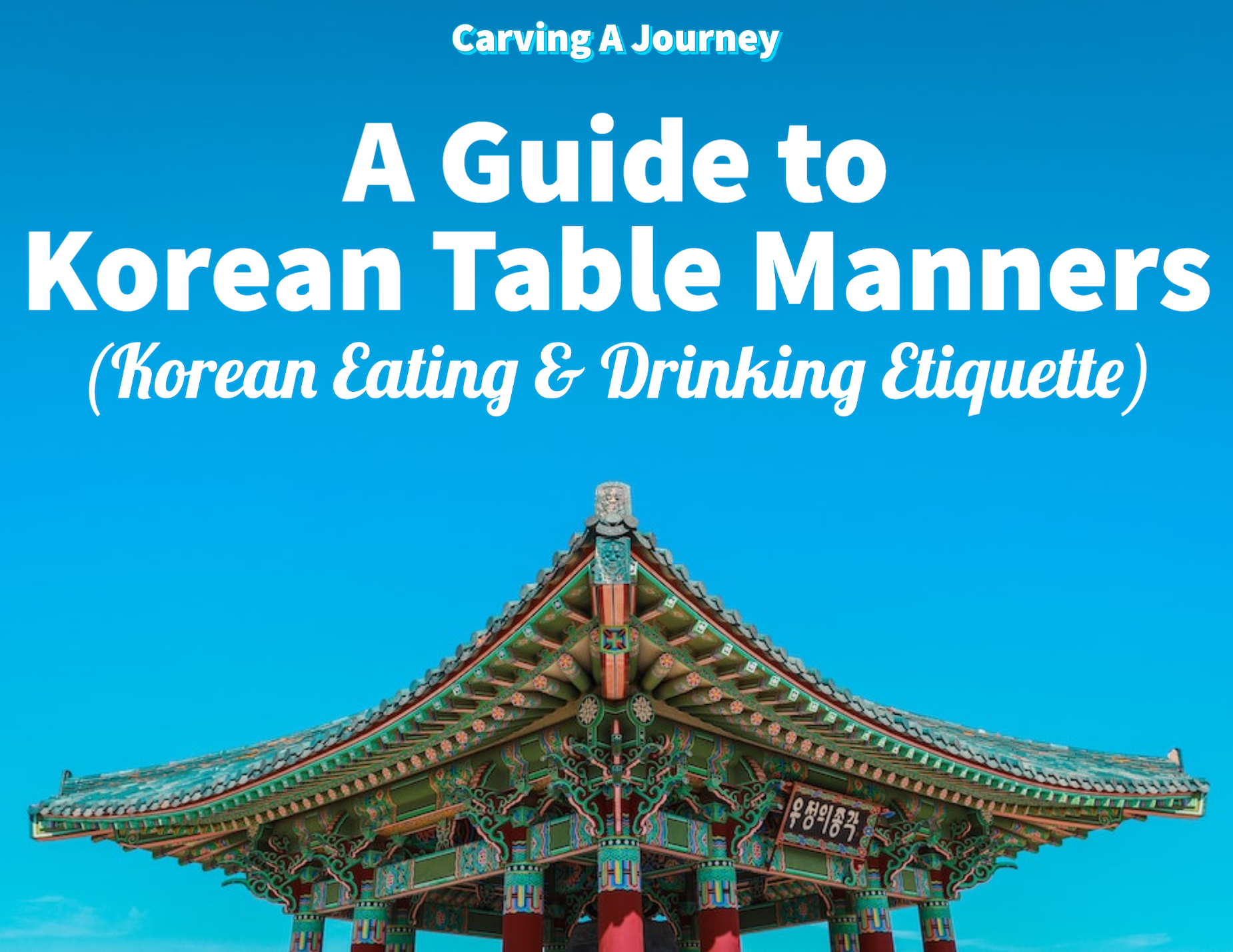This post may contain affiliate links. Please read my disclosure for details at the bottom of this page. As an Amazon Associate, I earn from qualifying purchases on this post about Korean table manners (Korean eating and drinking etiquette).
Every country in the world has its own formalities and customs associated with their culture–This is especially true when it comes to proper social etiquette surrounding table manners. South Korea is no exception to this rule. If you are planning to attend an event in a Korean household, travel to South Korea for vacation, or eat in a Korean restaurant, it is important to learn Korean eating and drinking etiquette. That way, not only will you impress your hosts or servers, you will also show respect to someone else’s culture. Below, we listed some important information to help you learn proper Korean table manners. We hope it helps!
Korean Table Manners
In the section below, we explain some important table manners to help you learn proper Korean eating and drinking etiquette. If you have any questions, feel free to leave a comment or email us at [email protected]!
1. Eldest Sits and Eats First
Before sitting and chowing down on food, note if anyone is older than you. In South Korea, age plays an integral part in their culture. After all, it is a hierarchical society. As such, elders in Korea typically sit at their preferred seats first. Then, people fill into the seats surrounding them. This is especially true in work settings when sitting down by rank in the company.
Similarly, if you are younger, wait to take your first bite until your elders start eating. It is a sign of respect.
2. Always Say Thanks Before Eating the Meal
In South Korea, there is a universal saying people use to start the meal: Jal mukesumneda (잘 먹겠습니다). In English, this means ‘I will eat well.’
By saying this before the meal, you are not only thanking them for the food but also stating that you look forward to the meal.

An Overhead Shot of A Korean Table–Bibimbap With Side Dishes
3. Try to Eat at Similar Speeds
Try to keep the same pace of eating with everyone else. The dishes in Korea are communal. At the table, you will have your bowl of rice. Then, all the side dishes and mains sit at the center of the table. If you eat too quickly or more than your share, it can make the rest of the people uncomfortable. To help you keep pace, watch how the eldest eats. This way, you do not rush them or take too long to eat.
4. Do Not Lift Your Bowl or Plate
In many Asian cultures, such as Japan and China, it is polite to lift your rice or soup bowl. On the other hand, in South Korea, it is the opposite and considered rude to do so. So, keep your bowl on the table while you eat.
5. Eat What You Pick Up and Touch
Once again, it is important to note that the dish and main dishes are often communal. In other words, you are eating off the same plates at the center of the table. As such, try not to touch food you do not intend to eat. If you pick up a piece of food with your chopsticks, you are expected to eat it. Do not place it back down in the communal bowl or plate.
If you do pick something up with your chopsticks, but do not wish to eat it, place it in your rice bowl. That way, people will not be uncomfortable with the food you touched.
6. Drinking Rules
In South Korea, there are many rules associated with drinking. Below, we listed them in bullet points to make everything easier to follow.
- When to Refill Drinks: Always refill your neighbor’s drinking glass, whether it be alcohol, coke, or water, before your own. Typically, they will fill your glass for you as well. It is best practice to refill a drink when it is halfway to almost empty. If the glass is mostly full, leave it.
- Should I Drink? In Korea, it is rude to refuse an alcoholic drink. Instead, accept the drink from your elder. Then, if you do not wish to drink, you can either take a light sip or pretend to take a sip. Either way, if your glass is mostly full, others at the table will not refill it. This culture of ‘forced drinking’ is less popular among the younger generations.
- How to Accept Drinks: If you are eating and drinking with elders or in a formal setting, always receive drinks with two hands. This is a sign of respect. For reference, you should always pass items with two hands as well.
- How to Pour Drinks: Just like accepting drinks, you should not pour with one hand. Instead, when pouring for someone more senior than you, place your free hand under your pouring hand, on your forearm, or under your opposite elbow.
- How to Drink Alcoholic Beverages: Finally, when drinking with those more senior, there are two drinking rules. First, if you cheer and clink the glasses together, the elder’s glass should be raised higher than yours. Second, turn your head away as you take a sip or shot of alcohol. Traditionally, it is considered rude to let your elders see you drink alcohol–it is considered too friendly.

People Sharing Stew, Soju, and Banchan.
7. Where to Place Utensils
When you pause to talk or finish eating, never stick your chopsticks straight up in your bowl. To people in South Korea, this resembles the incense burned at traditional Korean ancestral ceremonies honoring the dead. Not only is it disrespectful, but it is also considered bad luck.
Instead, when you are done eating, place the utensils next to your bowl on the table.
8. Help With Cooking
In restaurants where you cook or grill your food, such as at Korean barbecue restaurants, one person is typically given the duty to be in charge of grilling the food. Often, that individual is the youngest at the table.
Try volunteering to help grill and give others at the table a break. You will be going the extra mile by helping to cook and serve people.
9. Leave Little Waste
For the longest time, people in Korea went hungry after Japanese imperialism and the Korean war. As a result, people consider it rude to leave a lot of excess food. So, order as much as you can eat. You can always order more food afterward, which you will see a lot of people do as they continue to eat!
10. Once Again, Say Thanks
Like we stated before, you say jal mukesumneda (잘 먹겠습니다), a.k.a. ‘I will eat well,’ before starting the meal. After the meal, you once again say thanks and acknowledge those you made the meal by stating jal meogeotseumnida (잘 먹었습니다) after the meal. In English, this means ‘I ate well.’
Once again, you are saying thanks and that you appreciate the food. People even say this out loud when eating alone!

Traditional Korean Architecture
We Hope You Enjoyed Learning About Korean Table Manners
Are South Korean table manners similar to those in your culture? If so, let us know in the comment section below! We love learning about similarities and differences in cultures.
We know that this is a lot of information. I also had to learn all of this myself when I married my husband. Even if you do not get all the rules perfect the first time, people in Korea will see you trying and appreciate the effort!
If you would like to read more about South Korean culture, as well as cooking, you can find some recipes from our blog. Below, we listed some of our favorite Carving A Journey Korean recipes! Also, we listed some articles that can help you cook Korean food at home.
Carving A Journey Recipes:
- Andong Jjimdak (Korean Braised Chicken)
- Bibimmyeon (Korean Spicy Cold Noodles)
- Mayak Eggs (Korean Marinated Eggs)
- Korean Banana Flavored Milk
- Korean Strawberry Milk Recipe
Ingredients Articles:
- Gluten-Free Gochujang (Soy-Free Option Included)
- Gluten-Free Doenjang (Unfortunately, Soy-Free Is Impossible for Doenjang)
- Tamari vs Soy Sauce: What Is the Difference?
- Gluten-Free Soy Sauce (Soy-Free Option Included)
If you have any questions or comments, you can also email us at [email protected].
And, finally, we would love to hear from you through our social media as well! You can follow us at @carvingajourney on Instagram, Twitter, Facebook, and Pinterest. Or, if you would like more articles like these, you can subscribe to our blog by joining our mailing list. We hope you enjoyed learning all about Korean table manners! Thank you so much for stopping by!
Carving A Journey is a participant in the Amazon Services LLC Associates Program, an affiliate advertising program designed to provide a means for sites to earn advertising fees by advertising and linking to Amazon.com. Although we may earn commissions for our endorsement, recommendation, testimonial, and/or link to any products or services from this website, these opinions are my own and I fully support these products.

